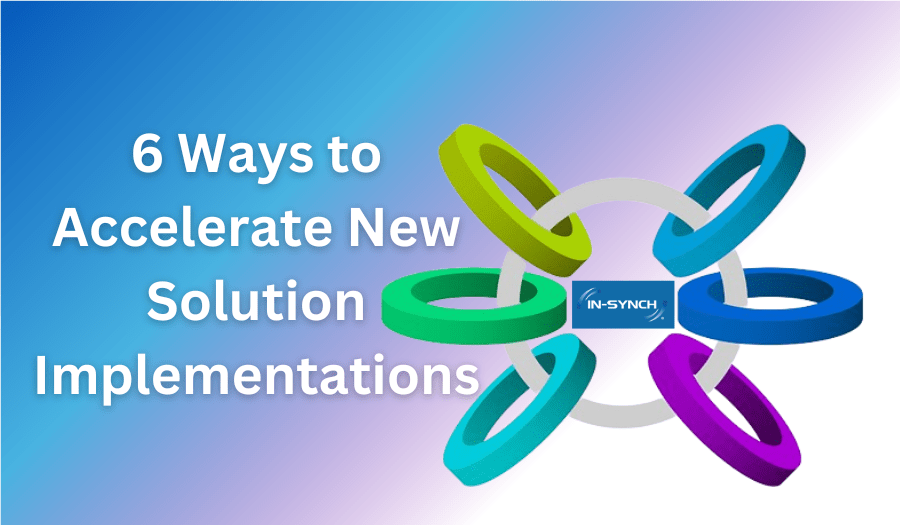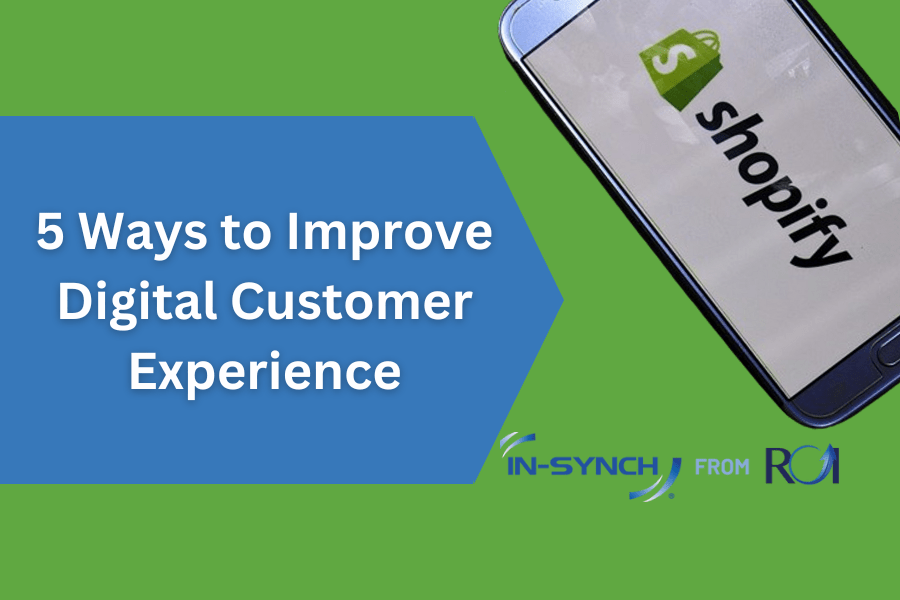By Ruth Richter • December 12, 2018

EDI: Electronic Data Interchange
The first Electronic Data Interchange (EDI) standards were created in 1968. In the same year, the first Value Added Network (VAN) was established. With EDI, businesses have a secure and standard way to send data electronically. Using standardized electronic formats, EDI turns data into digestible formats so that other systems can quickly process without the need for manual input.
Because EDI solutions are set up to only allow access to authorized users, then follow data with audit trails and archives, EDI is one of the safest ways to transfer data. Not only that, but EDI’s capability to handle incredible data volumes in a single transfer adds to its reliability. It’s estimated that over 100,000 companies in the US use an EDI solution to communicate with their business partners.
While EDI’s efficiency is owed greatly to standard document layouts that make it easy for systems to talk to each other, each standard has three different versions. We’ll save you the math equation and just sum that up with: There are a lot of standards available. This could make it problematic for a smaller business to trade information with a larger company that might be using an updated version of the same standard.
API: Application Programming Interface
API stands for application programming interface. This set of programming instructions and standards for accessing web-based software also allows different platforms to talk to each other. With API, software programs have an interface to allow them to interact effectively without any human mediation necessary.
Today, businesses are focusing on logistics and optimizing the supply chain, acquisition and fulfillment of their orders. These solutions are data-driven and small and medium sized businesses want to forgo following a set of complex standards for the lean, mean, API-driven machine. APIs are typically quite speedy because they use a real-time connection. They can transfer data in under a second, which is a fairly compelling stat for moving supply chain management at the speed of business. Businesses can also add automatic requests into a system using API, such as adding a pickup request to a carrier from a warehouse. By removing that extra manual step, API can certainly speed up the pace of your supply chain.
EDI or API? Talk to ROI!
API is certainly growing in popularity, especially with many software platforms moving to the cloud. EDI might be the older of the two technologies, but it’s also one of the most popular standards with the big box retailers because of its proven efficiency. That popularity contributes to its wide-spread adoption, which also makes EDI a more convenient choice for compatibility reasons.
At the end of the day, however, it comes down to what works best for your business and in most cases, there is a hybrid solution that includes EDI and API integration. That’s where ROI Consulting comes in. Let us help you discover all your supply chain management software needs. With more than 20 years of business under our belts, ROI Consulting is well-positioned to help you find the best solution for your organization. Whether it’s EDI or/and API (or maybe even something different like IN-SYNCH by ROI Consulting), you can be confident that you’re getting the right software.
Contact us here or call 402-934-2223 ext. 101 for more information.




